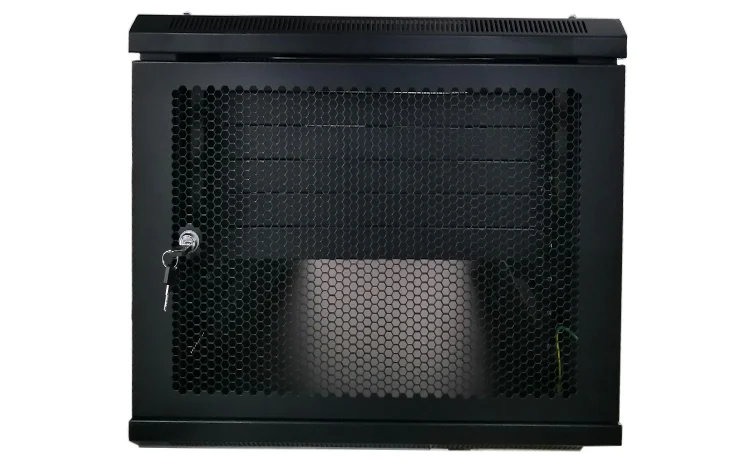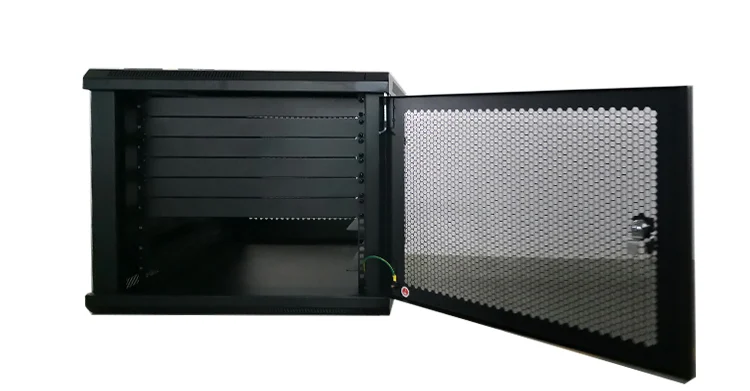2025-01-10
If the data room is compared to the human body, then the network cabinet is like the "heart" in it, which is responsible for maintaining the blood circulation of the whole system, that is, the flow of information. A network cabinet is much more than a structured cube space designed to house and organize a variety of critical equipment, including KVM switchers, network switches, fiber optic brackets, ODF distribution racks, and many others. These devices can be scientifically laid out and managed, thus putting them in order and greatly enhancing work efficiency and data smoothness on the spot.

There are numerous other reasons to set up network cabinets within the facilities of network rooms; however, their very core is based upon two words: "optimization." First and foremost, the well-organized cabinet makes the machine room seem like a more professional one. Either external display or internal management, a tidy machine room does not only provide visual effects for people but what is more important - it will let technicians locate certain equipment fast while maintaining, hence largely improving the working effectiveness of workers.
The second function of a network cabinet is that it can also serve as a protector. They can protect inner equipment from being damaged by outer physical attacks with their sturdy housing and reasonable interior design. In the meantime, many cabinets can be designed to have built-in fan systems that can effectively maintain proper operating temperature and thus avoid failure or damage caused by overheating. After all, nobody wants to see a server down because of poor heat dissipation, right? A good cooling environment can not only prolong the service life of the equipment but also reduce the cost of maintenance and replacement.
Speaking of cabinets, you may be surprised at how many kinds there are. They have some specially built for network equipment, some for the housing of servers. Not to mention other wall-mounted cabinets or console-specific cabinets, with each type serving a different use scenario and need. Depending on width, depth, and height, there are a variety of specifications on the market. For example, the usual depth option is 600mm or 800mm, the width is the same, and the height is the most popular 42U (about 2050mm), especially suitable for large enterprises. Of course, for some small office or home users, a 9U or 12U compact cabinet may be more suitable.

When you are ready to add a network cabinet to your room, there are a few tips that can help you make a better choice:
Measure the dimensions : Be sure to measure the dimensions of the room, door frame, and elevator accurately before purchasing to avoid unnecessary trouble during transportation and installation.
Plan the space : Preplan the equipment room for good ventilation and heat dissipation for every cabinet to prolong the service life of devices.
Consider expansion in the future : Choose models of cabinets that will be easy to expand and upgrade in order for your infrastructure to keep pace with your business.
In a word, with the rapid development of information technology, the role of the network cabinet is becoming increasingly important. It is no longer just a place for setting up storage devices but also one of the essential factors in ensuring the effective and smooth operation of the data center. Therefore, during the building or upgrading of a machine room, choosing the appropriate network cabinet becomes quite vital. A well-chosen cabinet can offer a safe and efficient working environment for the equipment and provide a solid foundation for long-term development of the enterprise.